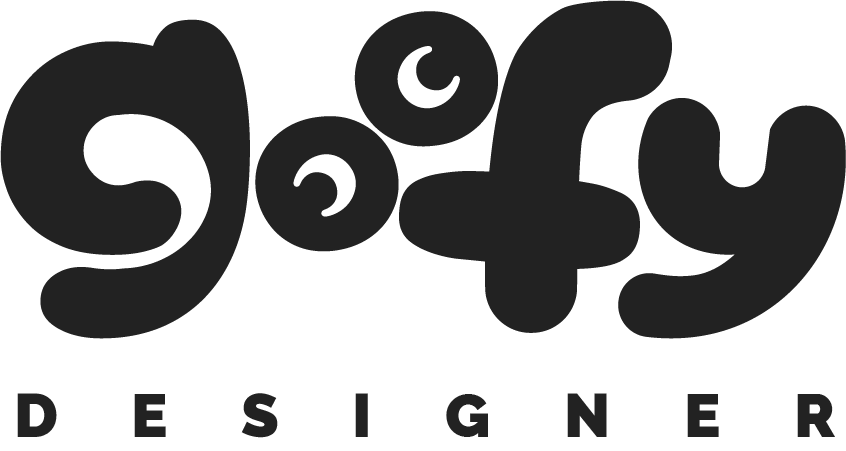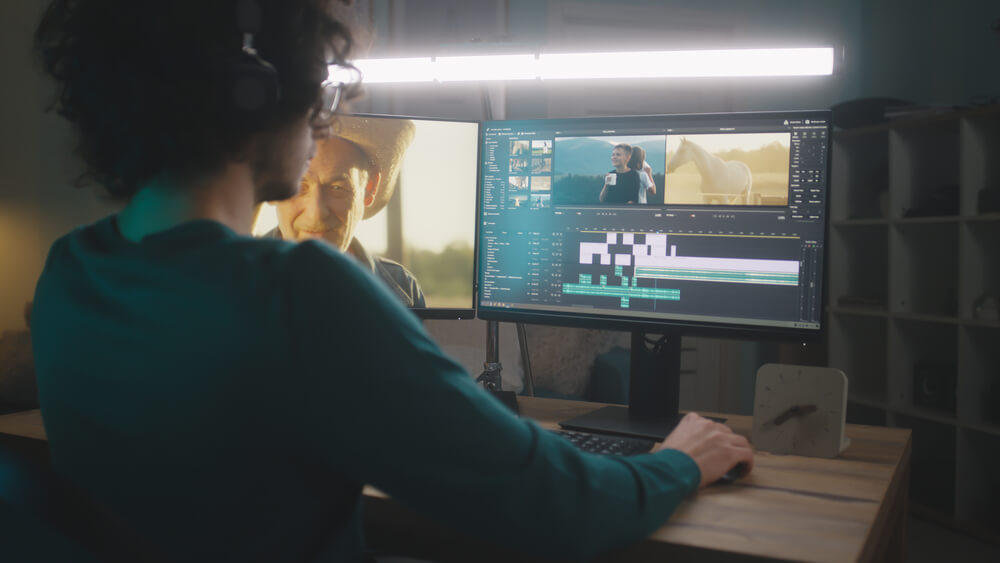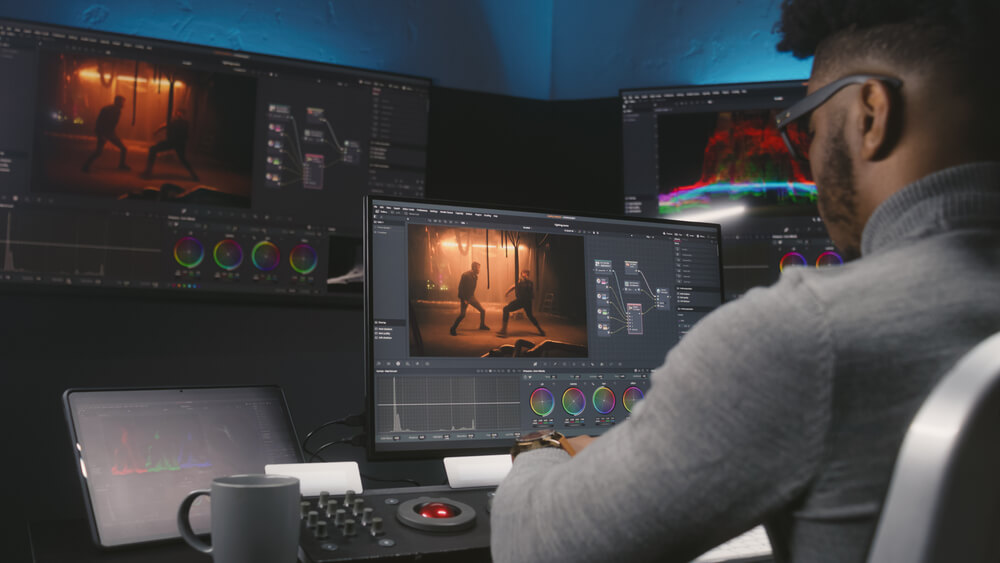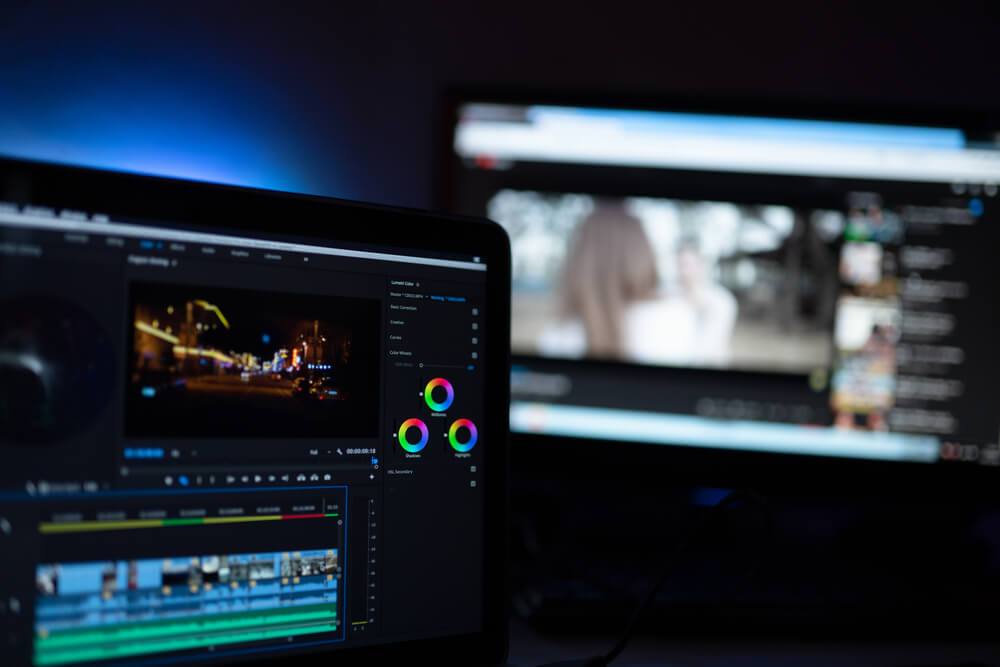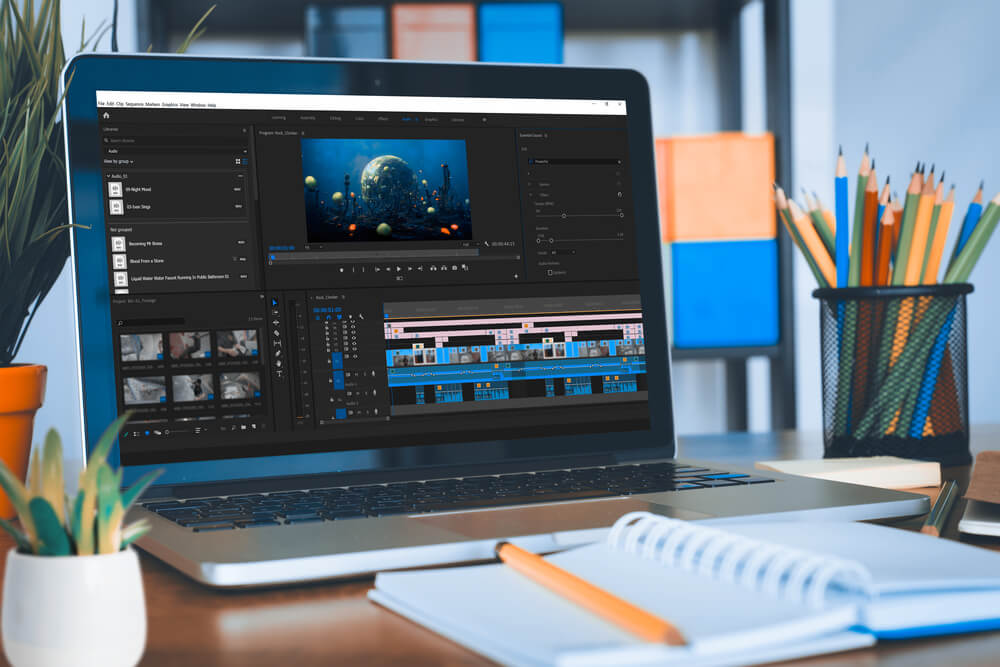Summary: Today I will guide you through 25 fonts that offer similar functionality to Arial and can serve as excellent alternatives. My top picks are these 3:
- Just Sans – the best font that’s just like Arial, only a bit more modern, clean & better
- Syabil – again similar to Arial, but a bit more stylish
- Oliviar Sans – a little bit more elegant
Arial's everywhere, right? It's like that favorite old t-shirt – comfortable, but maybe a bit too familiar. If you're a designer or just looking to freshen up a project, sticking with Arial might feel a bit stale. But don't fret; there's a whole world of fonts out there waiting to be explored. From modern twists to timeless classics, this article's got a roundup of some fantastic alternatives to Arial. Ready to shake things up? Let's dive in!
TOP 25 fonts similar to Arial
- Just Sans – Paid
- Syabil – Paid
- Oliviar Sans – Paid
- Groteska – Paid
- Normal – Paid
- Roboto – Free: Google Font
- Arimo – Free: Google Font
- Source Sans Pro – Paid
- Helvetica – Paid
- Montserrat – Free: Google Font
- Poppins – Free: Google Font
- Univers – Paid
- Open Sans – Free: Google Font
- Lato – Free: Google Font
- Avenir – Paid
- PT Sans – Free: Google Font
- Proxima Nova – Paid
- Aktiv Grotesk – Paid
- Ubuntu – Free: Google Font
- Raleway – Free: Google Font
- Droid Sans – Paid
- Quicksand – Free: Google Font
- Gotham – Paid
- Work Sans – Free: Google Font
- Fira Sans – Free: Google Font
Just Sans


- Free or Paid: Paid – Envato
- How many styles: Total 7 styles = ExLight, Light, Regular, Medium, Semibold, Bold & ExBold
- Usually used for: Various designs of all types, from logos and branding to UI/UX design for mobile apps and websites. Also suitable for documents and banner design.
- Summary: Just Sans is the best alternative to Arial with it’s open letterforms and balanced proportions. It’s incredibly similar, but just a slightly bit more modern and clean.
Syabil


- Free or Paid: Paid – by Eko Bimantara
- How many styles: Total 16 styles = 8 upright and 8 italics weights (thin, light, book, regular, medium, semibold, extrabold & heavy)
- Usually used for: Elegant and modern designs
- Summary: Syabil is a font that shares similarities with Arial in terms of its clean and modern appearance, making it suitable for various design projects. It has a straightforward and legible quality that ensures readability in different contexts.
Oliviar Sans


- Free or Paid: Paid – by Adam Fathony
- How many styles: Total 29 styles = 14 upright & 14 matching italics (thin, ultra, light, regular, semibold, bold & black).
- Usually used for: Clean and contemporary designs, ideal for corporate materials and digital interfaces. Also commonly used in website headers and navigation menus.
- Summary: Just like Arial, Oliviar Sans is a versatile font that combines simplicity and elegance. It possesses a clean and contemporary aesthetic, making it a suitable alternative to Arial for projects that require a modern and professional look.
Groteska


- Free or Paid: Paid – by Lisha Joseph and Jean P. Johnson.
- How many styles: Total 18 styles = 7 upright & 7 matching italics weights (regular, regular italics, thin, light, book, medium, bold & heavy)
- Usually used for: Strong and impactful designs, often employed in signage, posters, and large-scale display materials. Also commonly used in transportation-related branding and urban design projects.
- Summary: Groteska is a font that shares similarities with Arial, featuring a clean and contemporary design. Its geometric proportions and neutral aesthetic make it a suitable alternative to Arial for various design projects that require a modern and minimalistic look.
Normal


- Free or Paid: Paid – Envato
- How many styles: Total 8 styles = 4 upright weights & 4 italics (light, regular, medium, semibold).
- Usually used for: Everything including branding, UI/UX, digital platforms. It is also used in print and graphic design projects.
- Summary: Normal, much like Arial, is a legible and versatile font suitable for various design applications. It shares Arial's clean and straightforward appearance, making Normal a reliable choice when seeking an alternative to Arial.
Roboto


- Free or Paid: Free – Google Font
- How many styles: Total 12 styles = 6 classic upright & 6 matching italics (thin, light, regular, medium, bold & black).
- Usually used for: Android OS and Google services typography. Also often used in modern website and app designs.
- Summary: Roboto is a font that bears resemblance to Arial with its geometric shapes and neutral style. This font is clean and has a minimalist design, making it an excellent choice for both display and body text in various digital and print applications.
Arimo


- Free or Paid: Free – Google Font
- How many styles: Only 4 styles = regular & regular italics + bold & bold italics.
- Usually used for: Clear and readable designs, commonly utilised in web design and digital interfaces. Also commonly used in educational materials and online publications for its legibility and versatility.
- Summary: It is similar to Arial in terms of its simplicity and legibility. It features a neutral and balanced appearance that ensures clear communication, making it a reliable alternative to Arial for a wide range of projects, including web design and corporate materials.
Source Sans Pro


- Free or Paid: Paid – by Paul D. Hunt
- How many styles: Total 12 styles = 6 classic upright & 6 matching italics (extra light, light, regular, semibold, bold, black).
- Usually used for: Versatile and legible designs, suitable for both print and digital media. Also commonly used in editorial layouts and body text.
- Summary: Source Sans Pro shares similarities with Arial in its clean and straightforward design. It offers a balanced and open appearance, making it a suitable choice for body text and headings, just like Arial, in both print and digital formats.
Helvetica


- Free or Paid: Paid – by Max Miedinger
- How many styles: More than 50 = But there are 8 “classic” Helvetica fonts – 4 upright + matching italics (light, roman, bold & black). And it has more styles – like condensed, compressed, narrow, rounded and more + all of these come in different weights & both italics and upright.
- Usually used for: A wide variety of applications from branding to signage due to its neutral and clean design. It's also one of the most popular fonts in both print and digital media.
- Summary: This is a widely recognized sans-serif font. Both fonts share a heritage of classic Swiss design principles, offering a timeless and clean aesthetic. Helvetica can serve as an alternative to Arial, especially in projects that require a more refined and elegant look.
Montserrat


- Free or Paid: Free – Google Font
- How many styles: Total 18 styles = 9 upright weights & 9 italics (thin, extralight, light, regular, medium, semibold, bold, extrabold & black).
- Usually used for: Contemporary designs like logos and headlines. Also commonly used for website and app interfaces.
- Summary: The font presents a modern and versatile character. With its geometric and streamlined design, it offers a clean and minimalistic appearance, making it a viable substitute for Arial in various design applications.
Poppins


- Free or Paid: Free – Google Font
- How many styles: Total 18 styles = 9 upright weights & 9 italics weights (thin, extralight, light, regular, medium, semibold, bold, extrabold & black).
- Usually used for: Creative designs due to its geometric design and monolinear letterforms. It's also popular for children's media and advertising.
- Summary: Poppins is close to Arial as it offers a clean and friendly aesthetic. Its rounded shapes and open letterforms contribute to a warm and approachable vibe, making it a suitable alternative to Arial for projects that require a touch of friendliness.
Univers


- Free or Paid: Paid – by Linotype
- How many styles: Total 27 styles = But it has 10 primary variants – 5 upright + matching italics (light, roman, bold, black & extrablack). It also has condensed and extended versions in many weights & both upright and italics.
- Usually used for: Corporate communication and advertising because of its comprehensive font family and clear legibility. It's also popular in digital design and typography.
- Summary: Univers, like Arial, is a classic and widely used font with a clean and timeless design. Both fonts share a geometric structure and excellent legibility. It is a reliable choice when seeking an alternative to Arial for a range of design applications.
Open sans


- Free or Paid: Free – Google Font
- How many styles: Total 12 styles = 6 upright & 6 italics (light, regular, medium, semibold, bold & extrabold).
- Usually used for: Web and mobile interfaces due to its legibility at small sizes. Also, it's a popular choice for print materials.
- Summary: Open Sans is a versatile and widely used font. It shares Arial's balanced proportions and neutral appearance, making it an excellent choice for both body text and headings across various design projects, including web and print.
Lato


- Free or Paid: Free – Google Font
- How many styles: Total 10 styles = 5 upright & 5 italics weights (thin, light, regular, bold & black).
- Usually used for: Corporate designs and digital media due to its semi-rounded details and structure. It's a preferred choice for user interfaces and web design.
- Summary: Lato is similar to Arial with its clean and contemporary appearance. It shares Arial's simplicity and legibility, making Lato a suitable alternative for a wide range of design applications, including branding, web design, and print materials.
Avenir


- Free or Paid: Paid – by Linotype
- How many styles: Total 12 styles = 6 upright + 6 matching oblique (light, book, roman, medium, heavy & black).
- Usually used for: High-end print and digital designs for its sleek and sophisticated style. It is also commonly used in branding and corporate identities.
- Summary: Avenir is a geometric sans-serif font that offers a modern and versatile design. With its balanced proportions and clear letterforms, Avenir provides a reliable alternative to Arial for a variety of projects, including corporate branding and editorial design.
PT Sans


- Free or Paid: Free – Google Font
- How many styles: Only 4 styles = regular & regular italics + bold & bold italics.
- Usually used for: Interfaces, informative texts, and signage due to its clarity and openness. It's also seen in academic and government documents.
- Summary: Much like Arial, it is a legible and versatile font suitable for both body text and headings. It shares Arial's clean and modern look, making it an excellent choice for various design applications, including websites, presentations, and print materials.
Proxima Nova


- Free or Paid: Paid – by Adobe
- How many styles: Total 80 styles = But there are 16 “classic” Proxima Nova fonts – 8 upright and 8 italics (thin, light, regular, medium, semibold, bold, extrabold & black). Then it has more styles – like condensed, extra condensed, wide and extra wide + all of these come in different weights & both italics and upright.
- Usually used for: Web design and digital applications because of its balance between modern proportions and geometric appearance. It's also often used in graphic design and signage.
- Summary: Proxima Nova is a font that shares similarities with Arial, featuring a clean and straightforward design. Its geometric proportions and extensive range of weights make it a versatile alternative to Arial for projects that require a modern and professional appearance.
Aktiv Grotesk


- Free or Paid: Paid – by Dalton Maag
- How many styles: Total 54 fonts = But it has 18 primary variants – 9 upright + matching italics (hair, thin, light, regular, medium, semibold, bold, Xbold & black). Then it has also condensed and extended versions.
- Usually used for: Brand identities and digital interfaces for its clean, modern design. It's also often seen in print materials and advertising.
- Summary: It offers excellent legibility and a range of weights similar to Arial’s, making it a suitable choice for various design applications, including branding, advertising, and editorial design.
Ubuntu


- Free or Paid: Free – Google Font
- How many styles: Total 9 styles = 4 upright & italics (light, regular, medium & bold). Then there is condensed regular.
- Usually used for: Modern and friendly designs, frequently utilised in software interfaces and technology-related materials. Also commonly used in presentations and infographics.
- Summary: Ubuntu is a humanist sans-serif font that offers a friendly and approachable appearance. Its open letterforms and balanced proportions contribute to readability, making Ubuntu a viable alternative to Arial for projects that require a modern touch.
Raleway


- Free or Paid: Free – Google Font
- How many styles: Total 18 styles = 9 upright & 9 italics (thin, extralight, light, regular, medium, semibold, bold, extrabold & black).
- Usually used for: Elegant and stylish headings. It is also popular for use in website body text.
- Summary: Raleway shares Arial's simplicity and versatility, making Raleway an excellent choice for various design projects, including branding, web design, and print materials.
Droid Sans


- Free or Paid: Paid – by Steve Matteson and Terrance Weinzierl
- How many styles: Only 2 styles = Regular and Bold.
- Usually used for: Clear and readable designs, often employed in mobile app interfaces and user-friendly websites. Also commonly used in e-books and digital publications.
- Summary: Droid Sans is a legible font suitable for both headings and body text. It shares Arial's clean and straightforward appearance, making it a reliable alternative for a range of design applications.
Quicksand


- Free or Paid: Free – Google Font
- How many styles: Total 5 styles = 5 weights – only upright & no italics (light, regular, medium, semibold & bold).
- Usually used for: Display and children's products due to its rounded, friendly letterforms. It's also often used in web design and digital media.
- Summary: Quicksand is a font that features a clean and modern design. Its rounded letterforms and balanced proportions make it a suitable alternative to Arial for projects that require a contemporary look.
Gotham


- Free or Paid: Paid – Hoefler & Co
- How many styles: Total 66 styles = But there are 16 “classic” Gotham fonts – 8 upright and 8 italics (thin, extralight, light, book, medium, bold, black & ultra). Then there are 50 more styles of this font – like Narrow, Extra Narrow or Condensed, and all of these come in different weights and both italics and upright.
- Usually used for: Corporate identities and logos. It's often used in graphic designs and architectural presentations.
- Summary: Gotham, much like Arial, is widely used. Known for its clean and versatile appearance, it makes it a reliable alternative for various design applications, including editorial design and branding.
Work sans


- Free or Paid: Free – Google Font
- How many styles: Total 18 styles = 9 classic upright & 9 italics weights (thin, extralight, light, regular, medium, semibold, bold, extrabold & black).
- Usually used for: Text in digital interfaces and lower-resolution displays. It is frequently used for creating clean and minimalist designs.
- Summary: Work Sans offers a clean and readable design. It shares Arial's neutral and versatile character, making it suitable for a wide range of design projects.
Fira sans


- Free or Paid: Free – Google Font
- How many styles: Total 18 styles = 9 upright & 9 italics weights (thin, extralight, light, regular, medium, semibold, bold, extrabold & black).
- Usually used for: Small screen readability as it was initially designed for Mozilla’s Firefox OS. It's a popular choice for web design and applications.
- Summary: This font is suitable for various design projects. It has the same clean and modern aesthetic that Arial has, making it a good alternative for both body text and display purposes.
About Arial font
Is Arial free or paid?
Arial is both free and paid, depending on the purpose of its usage. For personal use or educational purposes, Arial can be used without purchasing a license. However, if Arial is being used for commercial purposes, such as in a business project or marketing materials, a license must be purchased.
How many styles does Arial have?
Arial has more than 28 styles, including Regular, Italic, Medium, Bold, Black, Extra Bold, Light, Narrow, Condensed, and Monospaced. These styles have variations like Narrow Italic, Narrow Bold, Light Condensed, and Bold Condensed. Arial is a versatile and widely used typeface known for its legibility in different sizes.
What is Arial mostly used for?
- Body text: Used in various documents, including reports, presentations, and business correspondence.
- Web design and online content: Provides a clean and readable typography for websites.
- Print materials: Ensures legibility and professionalism in brochures, flyers, and posters.
- UI and UX design: Offers a clear and familiar font for buttons, labels, and menus.
- Branding and logo design: Arial's simplicity and versatility make it suitable for creating clean and modern brand identities.
- Academic and scientific writing: Due to readability, it's commonly used in research papers and journals.
- Signs and signage systems: Arial's clarity enhances visibility, that’s why it is used in wayfinding and directional signage.
- Operating systems and software interfaces: Arial is often included as a system font due to its widespread availability and familiarity.
- Digital presentations: Slideshows and multimedia presentations use Arial's legibility to deliver information effectively.
A bit of history about Arial.
Arial, created in 1982 as a substitute for Helvetica, has gained significant popularity as a widely utilized font. It was specifically designed to ensure legibility and visual appeal, catering to printing and digital media. Its widespread usage can be attributed to its inclusion in numerous operating systems and software applications.
Although some argue that Arial is merely a replica of Helvetica, its straightforwardness and readability have established it as a favored option, particularly within corporate environments. Despite the existence of a multitude of fonts to choose from, Arial remains extensively employed even in contemporary times.
What is good about Arial font?
- Readability: highly legible, making it easy to read at both small and large sizes.
- Accessibility: widely available on computers and operating systems, ensuring consistent rendering across devices.
- Familiarity: its long-standing popularity and widespread usage make it a familiar choice for many people.
- Versatility: the font has a neutral design and balanced proportions make it suitable for various applications, including headlines and body text.
- Compatibility: Arial works well with different software applications and integrates smoothly into digital and print workflows.
- Space Efficiency: its compact letterforms allow for efficient use of space, making it useful in situations with limited design constraints.
Conclusion
So, Arial's a solid choice, but it's not the only game in town. In fact, there are plenty of alternatives that can spice up your design. Whether you want something fresh and modern or classic and versatile, these options have got you covered. If you're unsure which ones to try, I recommend experimenting with Just Sans, Syabil, Oliviar Sans, or any other font from the provided list. These alternative fonts are equally excellent and will suit your needs across various tasks.
Don't be afraid to experiment and find what works best for your project. Happy designing!
